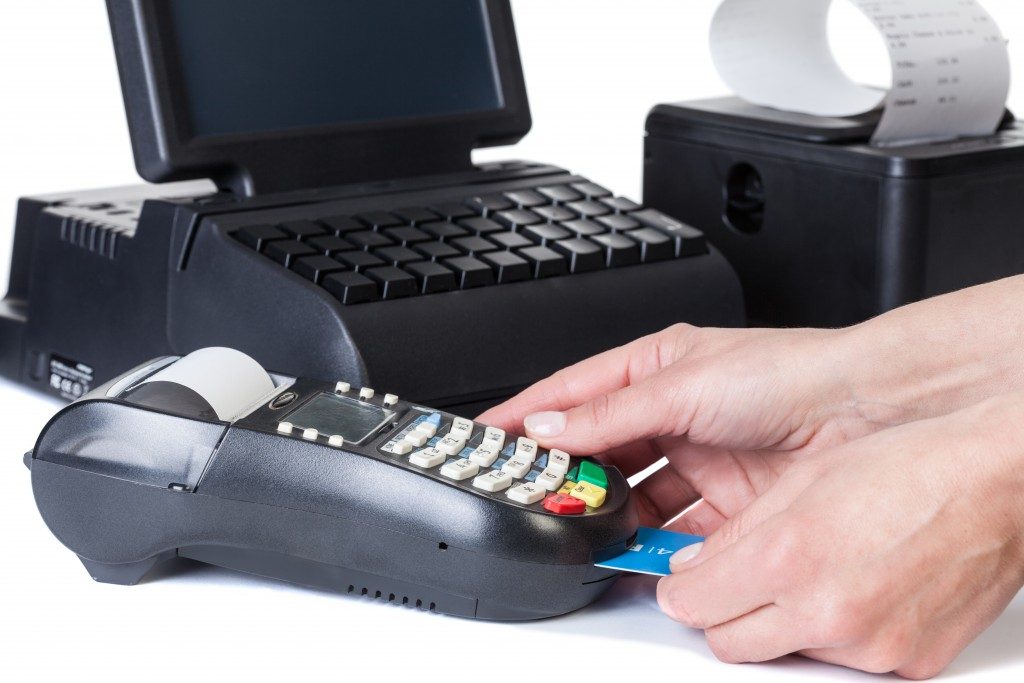Retail business owners need to invest in the security of their point-of-sale (POS) devices. If you own a grocery, POS safety becomes one of your top priorities against fraudsters.
Payment technologies have evolved in a way that can allow them to manipulate the price of products upon checkout. For instance, a product that’s usually priced at $10 can be marked down as $1 after the cashier scans it. Your employee might be surprised at the low value but might simply ignore the discount as a bargain offer. While price manipulation requires complex skill, you should be on the lookout against skimming attacks.
Two Types of Skimming Schemes
The most common scheme happens with the help of an insider. A cashier or store clerk can act as the accomplice of an outsider who will install a foreign object on POS devices. Once the employee takes a customer’s card, the tampered machine records the person’s confidential details. While banks and credit card providers have improved their security features, it still pays to check your POS equipment for any abnormalities.
Another skimming tactic involves people disguised as POS technicians. Criminals often do this to replace the existing devices with clones for the same purpose of stealing financial data. You should limit administrative access to POS software systems among your employees, and any kind of technical repair or service must be under their supervision.
Compliance with Industry Standards

Business owners need an updated POS security system to comply with industry standards such as those from the PCI Security Standards Council. You risk paying hefty fines of up to $10,000 every month for non-compliance, which can be prevented by following basic security protocols like installing a firewall configuration on devices.
Don’t forget to update your anti-virus software to avoid malware attacks that can completely disable your POS system. Violators can be subject to heavy penalties from Visa and MasterCard if they don’t comply with PCI standards. Retailers should also conduct proper employee training because workers act as the first line of defense against cyber-attacks.
Other Reasons to Upgrade
Do you already use POS systems that can process EMV-enabled cards? Your POS devices should be EMV-compliant to avoid liability for counterfeit fraud. Consider switching to a new provider as well when system crashes happen frequently. A new system must have reliable IT support and be user-friendly among employees.
You don’t want to spend a lot of time learning how the new system works before teaching your employees, who might struggle to use the different payment network. POS systems that aren’t user-friendly can impede customer service through longer payment processing at checkout counters. Grocery stores often use a system with a barcode scanner while touchscreen monitors are more common at restaurants.
You can lose thousands of dollars every year, if not millions, from skimmed POS devices if you don’t regularly update your security system. Even if you recover from financial damages, regaining your customers’ trust will definitely be more difficult when you ignore the value of POS security.









